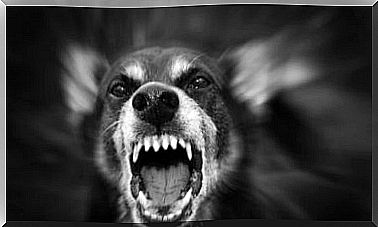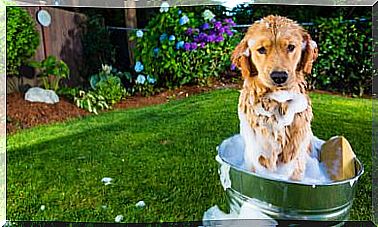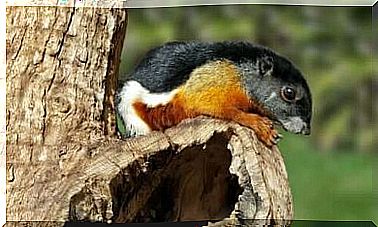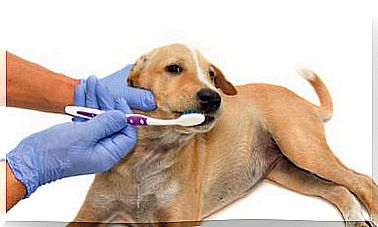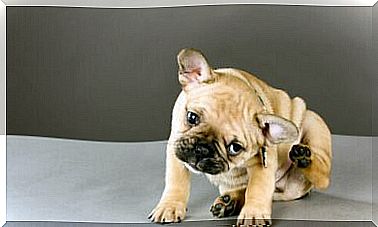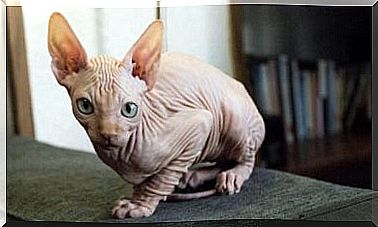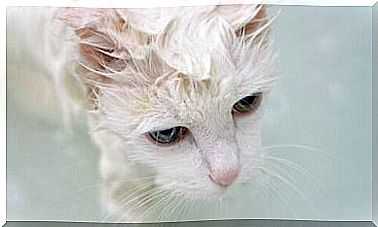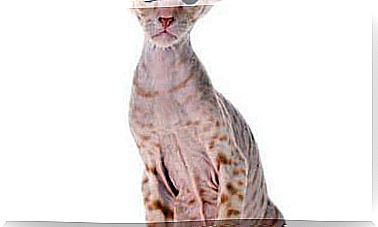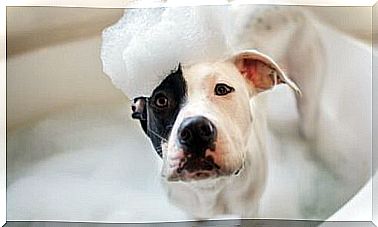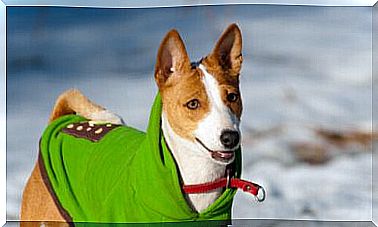Inbreeding Depression: What Is It And How Does It Affect Dogs?
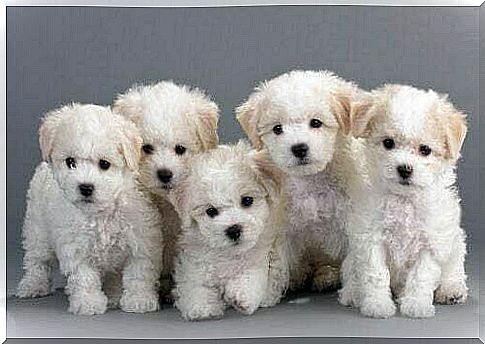
Inbreeding depression is the term used to define the lowest reproductive rate in a population as a result of mating closely related specimens. This selection is common in purebred dogs.
Strong inbreeding reduces the size of dogs’ litters, a fact that has been proven in the Golden Retriever breed. A dog’s reproductive success is threatened by inbreeding, so knowing this phenomenon is necessary to best preserve the breeds. To do this, breeders must seek diversity in their lineages.
The importance of diversity within a race
Inbreeding has many consequences in the lineage of an animal species. These include the prevalence of hereditary disorders, alterations in the reproductive rhythm, morphological features or the risk of rare diseases.
Since most purebred dogs are descended from common ancestors, the degree of kinship should already be quite high. For this reason , genetic selection only makes this situation worse, which would not happen in nature.
If we add to this the crosses between related specimens to obtain dogs with desirable traits for sale – such as a shorter muzzle, a greater amount of folds in the skin, and others – selective breeding results in a fairly high coefficient of inbreeding.
The point is that, selecting the specimens for the purpose of obtaining a dog with coveted physical characteristics, other problems arise.
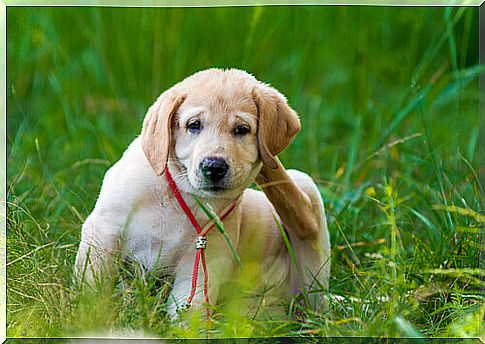
Inbreeding Depression: The higher the kinship, the fewer puppies
The degree of kinship affects the number of puppies the bitch gives birth. The latest Morris Animal Foundation study found that, on average, a female Golden Retriever with 10% more inbreeding than another will give birth to one fewer pups per litter.
Inbreeding depression and breed selection
Dog breeds are selected on the basis of very different characteristics , including behavior, temperament, coat color, length and type of hair, size and morphological characteristics, until they reach the canine varieties we know today.
This selection, with the exception of the work done to select working and guide dogs, is carried out by breeders all over the world. Historically it was done without a defined selection organization or structure, rather based on individual information, based on the appearance and / or behavior of each dog.
As a general rule, the phenotypic value exceeds the genotype of that animal. However, the information provided by the parents – i.e. the animal’s pedigree – can be an important factor in the selection of specimens for crossbreeding. In many cases, keeping this in mind could prevent future pet owners from having problems.
The new goal of breeding
Due to the number of diseases associated with the currently known breeds, organizations such as the Fédération Cynologique Internationale set as the general goal of selective breeding “to obtain healthy dogs, which can live a long and happy life, which provides an advantage and pleasure to the animal itself. , to the boss and to the company “.
In this way, the selection of the species is put aside with the aim of utility or beauty and tries to make the animals adapt to the company of the human being. Undoubtedly, their well-being and quality of life must be taken into consideration first, and the occurrence of diseases associated with the breed must be reduced.
What measures exist to avoid it?
The goal of reducing inbreeding in dogs may seem difficult enough to achieve, but experts have put together a number of recommendations. Among these, there are:
- Hire independent consultants to get advice on breeding.
- Carry out an assessment of the standards of all dog breeds from the point of view of animal welfare and health.
- Promote the creation of a real register of epidemiological information.
- Imposing restrictions against mating between close relatives, such as the number of unregistered offspring of a breeder.
- Conduct a health assessment, which includes DNA testing for animals.
- Develop regulations for farming practices.
- Create accreditation programs for breeders.
- Promote awareness campaigns for breeders and buyers.
- Develop detailed breeding strategies specific to each breed.
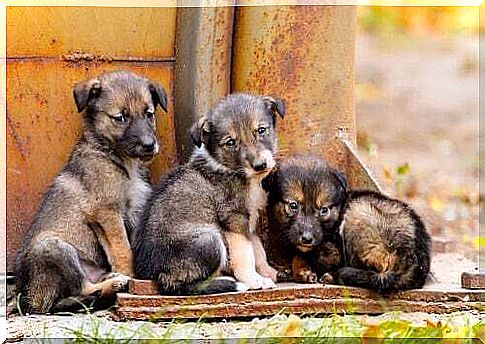
Conclusions
Inbreeding depression results in a lower reproduction rate in dogs, but not only: it also has other serious consequences, such as hereditary diseases that are passed down from generation to generation. It is the duty of breeders, researchers and owners to change the current situation of some breeds.
